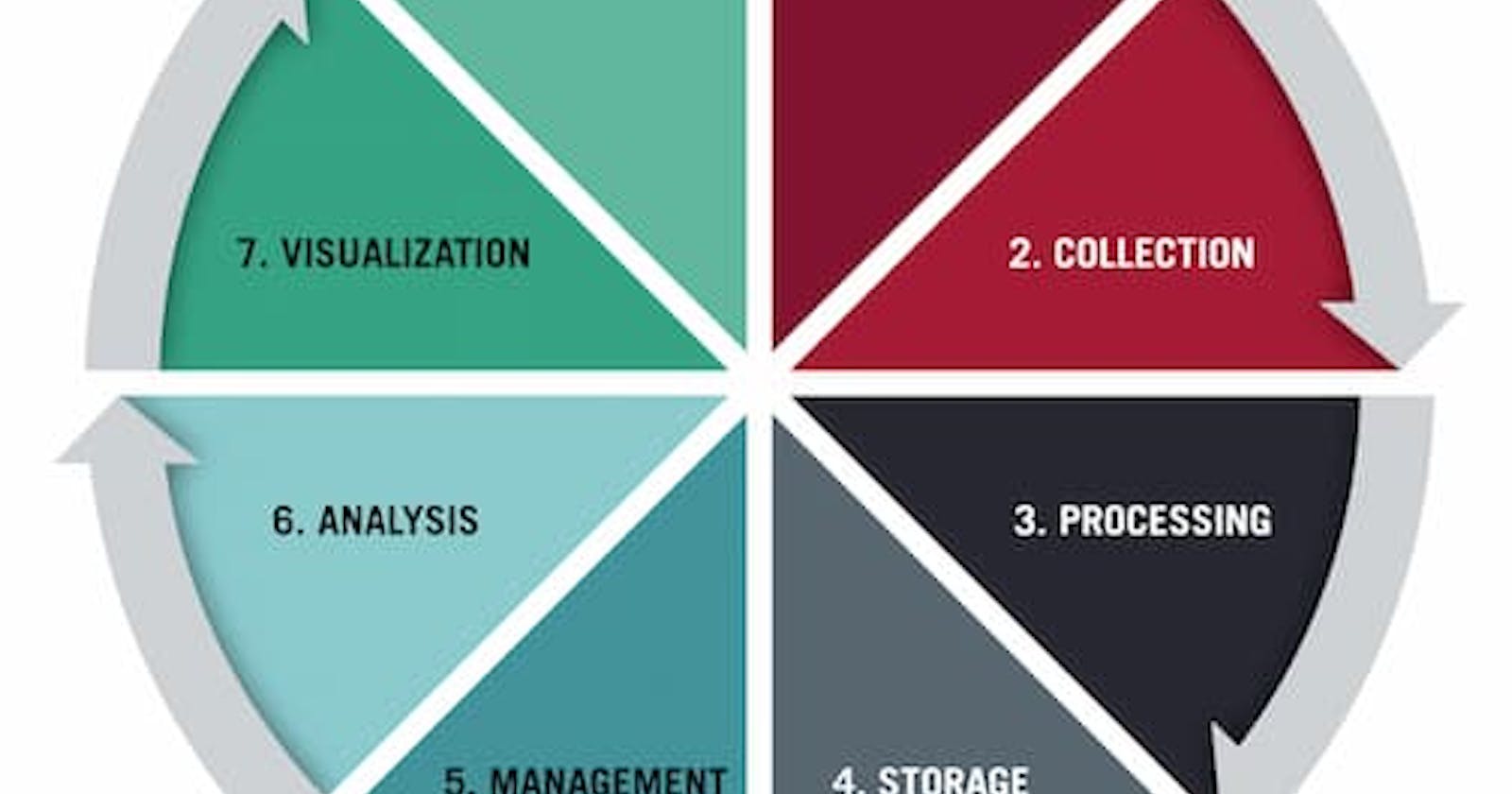Collecting data is an essential aspect of research in various fields, such as social sciences, market research, and healthcare. The data collected can be qualitative, focusing on subjective experiences and opinions, or quantitative, focusing on numerical measurements and statistical analysis. Researchers employ different methods to gather both qualitative and quantitative data, depending on the nature of their study. In this article, we will explore seven commonly used methods for collecting data in research.
Surveys and Questionnaires: Surveys and questionnaires are widely used to collect both qualitative and quantitative data. Surveys consist of a set of questions that can be administered in written form, online, or through interviews. They allow researchers to gather information on a large scale, reaching a diverse range of participants. Closed-ended questions provide quantitative data, while open-ended questions generate qualitative data, offering participants an opportunity to express their opinions in their own words.
Interviews: Interviews provide a valuable means of collecting qualitative data by engaging in direct conversations with participants. Researchers can conduct structured interviews with a predetermined set of questions or opt for semi-structured or unstructured interviews that allow for a more exploratory and in-depth approach. Interviews offer rich insights into participants' experiences, thoughts, and feelings, providing researchers with qualitative data that can be analyzed thematically.
Observations: Observational methods involve systematically watching and recording behaviors, interactions, and events. Researchers can conduct structured observations with predefined categories or engage in unstructured observations to capture a wide range of behaviors. Observational data can be qualitative, providing detailed descriptions, or quantitative, recording frequencies or durations of specific behaviors. This method is particularly useful in social sciences and ethnographic research.
Experiments: Experiments are a powerful method for collecting quantitative data in controlled settings. Researchers manipulate independent variables and observe the effects on dependent variables. By randomly assigning participants to different conditions, researchers can establish cause-and-effect relationships. Experiments often involve collecting numerical data, such as response times, accuracy rates, or physiological measurements, allowing for statistical analysis.
Case Studies: Case studies focus on in-depth analysis of a specific individual, group, organization, or phenomenon. Researchers gather qualitative data through multiple sources, such as interviews, observations, and document analysis. Case studies provide a comprehensive understanding of complex situations, allowing researchers to explore intricate details and unique aspects that may not be captured through other methods. However, generalizability is limited due to the specificity of the cases studied.
Document Analysis: Document analysis involves examining existing texts, such as reports, official documents, diaries, or social media posts, to gather qualitative or quantitative data. Researchers analyze the content, structure, and context of the documents to extract relevant information. This method is particularly useful for historical research, content analysis, or when studying public opinions expressed through media.
Focus Groups: Focus groups involve bringing together a small group of participants to engage in structured discussions on a particular topic. The group dynamic stimulates interactions and exchanges of opinions, generating qualitative data. Researchers moderate the discussion and can ask follow-up questions to gain deeper insights. Focus groups are especially valuable for exploring diverse perspectives and group dynamics, providing a rich source of qualitative data.
Each of these methods has its strengths and limitations, and researchers must choose the most appropriate ones based on their research objectives, available resources, and the nature of the data they seek to collect. Combining multiple methods can enhance the validity and reliability of findings, allowing researchers to gain a comprehensive understanding of the phenomenon under investigation. By employing these seven methods, researchers can collect both qualitative and quantitative data, enriching their studies and contributing to advancements in their respective fields.
